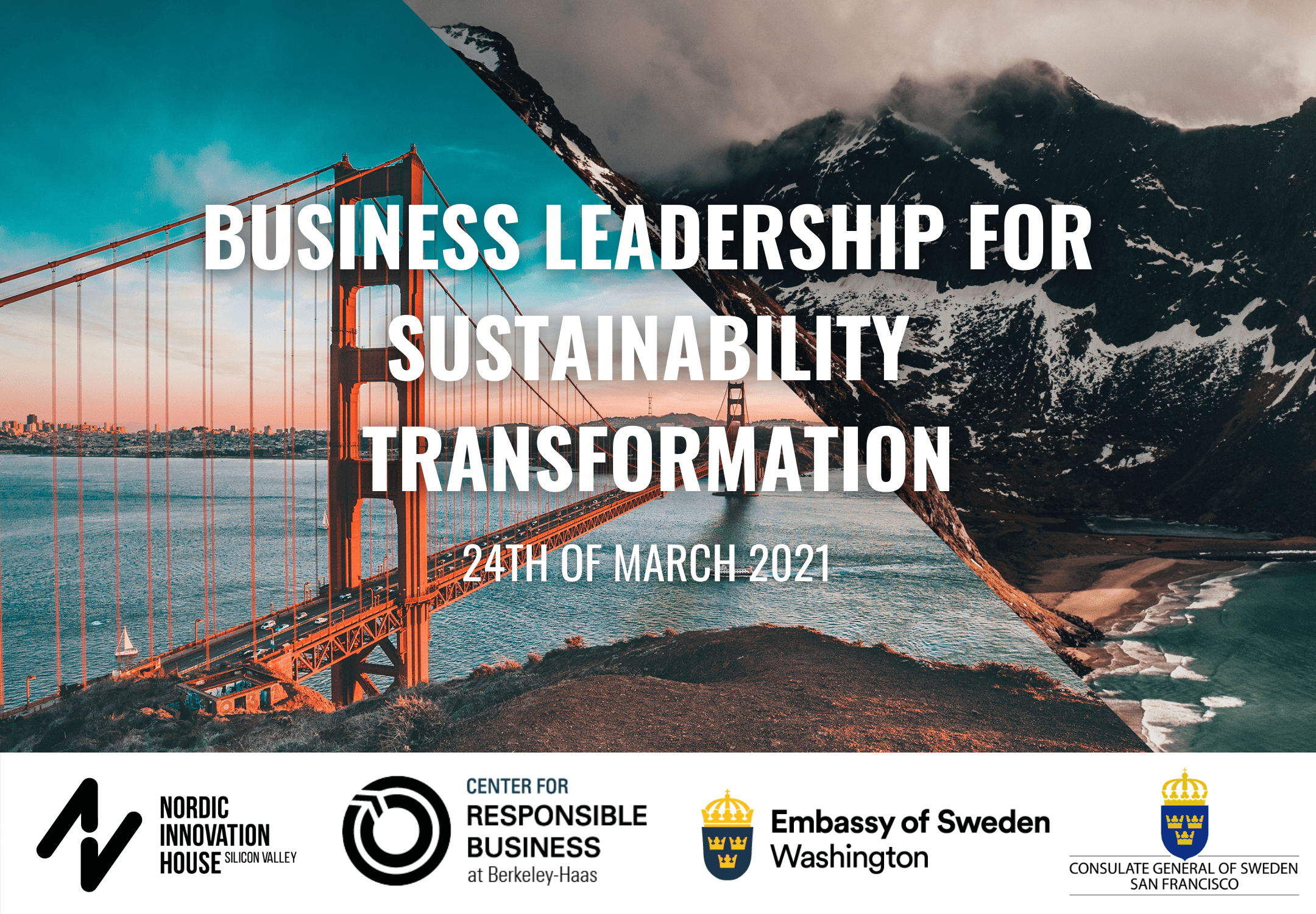How Corporate Culture Shifts… Toward Sustainability

By Kyle Rudzinski, Haas MBA 2014
Just the phrase “chemical company” may bring images of heavy industrial facilities or even toxic effluent pouring into waterways. Due to a checkered past, we often associate chemical companies with pollution.
Initially, when I accepted my offer to work for The Dow Chemical Company, a wave of trepidation coursed through my veins. Had I made a mistake? I came to Berkeley-Haas to develop the business skills required to build the clean energy economy and to make the business case for sustainability. I worried that interning for a chemical company over the summer was counter to that goal.
Then I took a deep breath and re-reviewed my rationale for joining Dow. If environmentalists are not using business as a tool to achieve change, then we’re missing an opportunity. If we don’t work to enact change from within the companies that are perceived to cause environmental harm, then we’re missing a critical opportunity. If we’re not effecting scalable change, then we’re missing yet another critical opportunity. Working for Dow created the opportunity to effect change from within, in a way that can help the company continue to shift its direction towards sustainability.
I chose to work for Dow because the company “gets it” when it comes to sustainability; for example, it advocated for carbon cap and trade policy. Despite using as much energy as Australia every year, the company has saved more than $9.2 billion through energy efficiency since 1990 and its insulation products save more than six times the energyconsumed by the company every year.
No stranger to corporate sustainability goals, Dow has chosen to focus on the long-term; the company set ten-year sustainability goals in both 1995 and 2005, which have shifted the strategic trajectory of the company’s operations and investments. Just last year, 7.1% of Dow’s sales came from sustainable chemistry products, a pace ahead of its 2015 target. That may not sound like much, but as a Fortune 50 company, 7% of sales translates into more than $4 billion dollars from products driven by sustainable chemistry.
Still, the company – like almost every other company on the planet – has a long way to go. That’s why it continues to invest in programs such as its unique MBA Sustainability Leadership Program. This summer, Dow offered me the opportunity to join its Corporate Ventures team to develop a methodology that incorporates sustainability into project assessment. Although the Ventures team already invested in many projects most would deem to be “sustainable,” it had no systematic approach to capture value from sustainability and make a clear, compelling business case for it. The team wanted to weave sustainability into the very fabric of its processes to ensure the projects it pursues are good for people, the planet, and the bottom line… it simply needed to overcome a few hurdles, first.
Working for Dow opened my eyes to both the challenges and opportunities businesses face when strategically shifting to sustainability. On the Ventures team, some employees needed to overcome entrenched views based on past experience. Some expressed skepticism and reluctance – or even resistance – to making sustainability a core ingredient to their project evaluation. The internship taught me what it takes to launch a shift incorporate culture. And it also taught me there are many champions for sustainability out there; sometimes you simply need to empower them with the right tools, processes, and data to unleash their tireless support. Our Ventures team had a solid starting point, but it took some adjustments to help the team move along a more sustainable path.
After 12 weeks of collaborating with the team, digging through financial models and project investments, conducting interviews and surveys, and determining how to best integrate sustainability into its project evaluations, the Corporate Ventures team implemented a new sustainability methodology. Now, the team models value drivers (such as assumptions based on gains in market share or new business models to access a market) derived from a product’s sustainability attributes. The team tailors assumptions to each specific case, but the overall mindset has turned a corner; the Ventures group explicitly seeks strategic value from sustainability in a concrete fashion. In the end, the experience served as a step forward for sustainability as Dow continues to apply sound business practices to directly benefit the triple bottom line at a broad scale.


